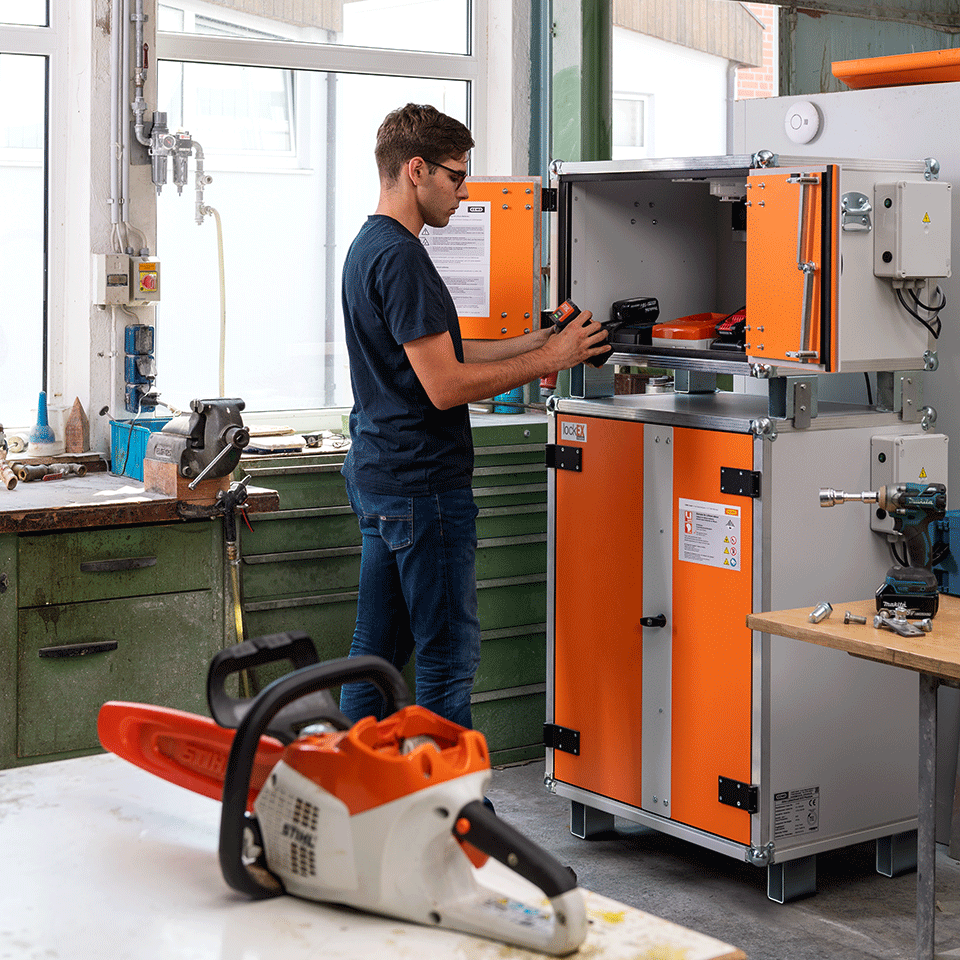

Safe charging, storage and transport.
Compact energy storage devices
Riskier than you may realise.
How to minimise the risk of fires and accidents and comply with legal requirements.
Lithium batteries are hazardous materials.
One in every 15 fires is caused by lithium-ion batteries!
Lightly stocked cabinets reserved exclusively for charging lithium batteries limit the fire load and improve operational safety.
Here are the most common battery fire scenarios:

Other causes for battery fires
✓ Overcharging
✓ Deep discharge
✓ Overheating
✓ Mechanical damage
✓ Charging-control defects
✓ Wear and tear
Red flags: How to sport battery risks


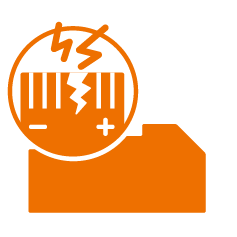
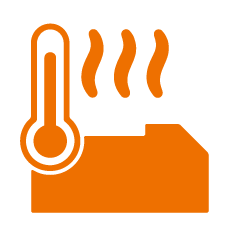
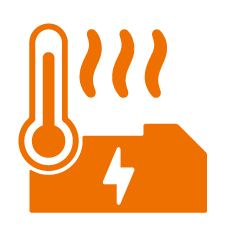
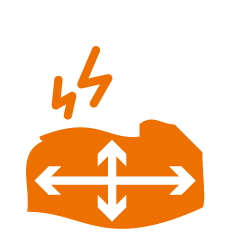

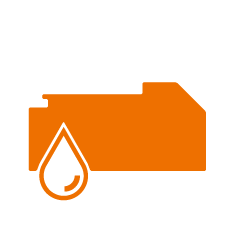

Practical tip: 5-step check
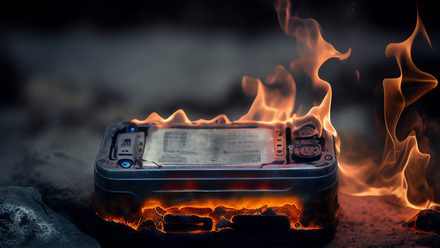
Check batteries for physical damage.
Visual inspection

Feel the temperature of the battery.
Temperature test

Measure how much energy the battery can store.
Capacity test

Check how often the battery has been charged and discharged to date
Charging cycle count

Check the status indicators or warning messages of your battery management system
Check functions
Load, store and transport safely

Storage: prevent fires and minimise risk
- Observe capacity classes: low, medium, high – the higher the capacity, the higher the risk
- Store in suitable safety cabinets
(e.g. lockEX 2.0 storage and charging cabinets) - Separate according to condition: new batteries, defective batteries, end-of-life, prototypes
- Coordinate fire prevention plans with the fire brigade and insurance company
- No charging in the storage area!
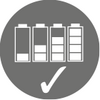
Charging: separate and monitored
- Do not charge batteries in areas where batteries are being stored.
- Limit charging to daily requirements – do not stockpile
- Equip charging areas with fire prevention systems
- Temperature monitoring with automatic shutdown in the event of overheating
- Coordinate fire prevention plans with the fire brigade and insurance company


Transport: safety on the move
- UN numbers: UN 3480 (Li-ion), UN 3090 (Li-metal)
- Classification by size: small batteries (<100 Wh) may be exempt from many regulations under SV188.
- ADR-compliant packaging and labelling
- Special transport containers with fire prevention features

Separation: organise and protect
- Undamaged new batteries must be separated from used or defective batteries
- Prototypes and untested batteries must only be stored after a risk assessment
- Batteries in unclear or defective condition must be stored separately
Maximum storage capacity in kWh - why it counts
The maximum storage capacity of a safety cabinet (in kWh) indicates how much energy can be safely stored in the form of lithium-ion batteries. Exceeding this capacity significantly increases the risk of overheating, fire, or explosion.
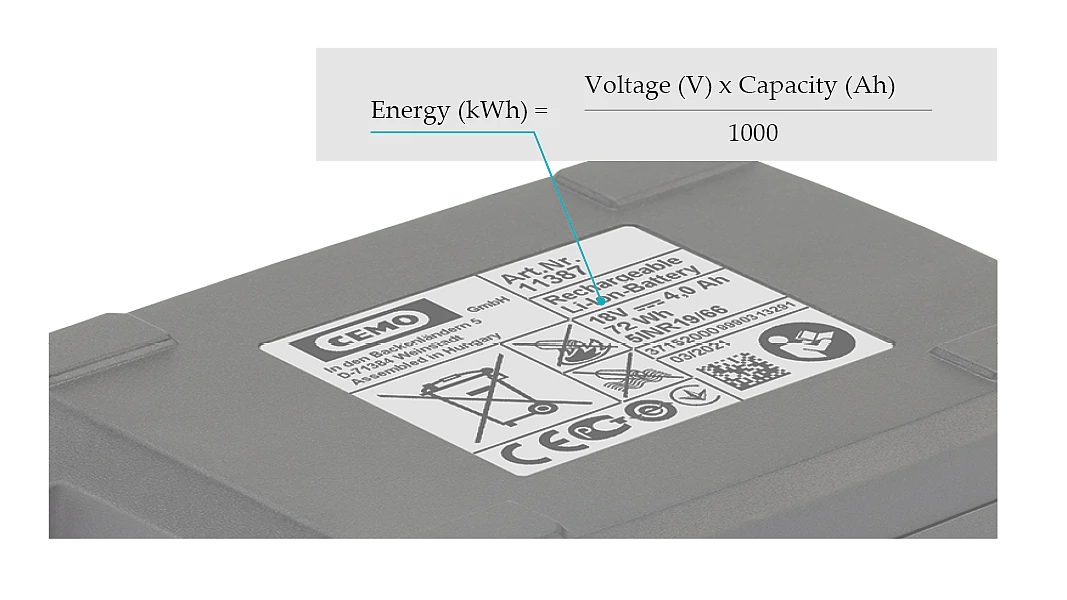
Why is the kWh information so important?
- Minimise safety risks: More energy = higher risk potential.
- Fire prevention & compliance with standards: Specifications such as VDMA 24994 require clear performance limits.
- Reliable planning: Only those who know the kWh can choose suitable cabinets or expand them modularly.
Practical tip:
- Take inventory: Record all batteries with voltage, capacity, and kWh.
- Plan for a safety reserve: Stay 10–20% below maximum capacity.
- Store modularly: Use multiple cabinets if capacity is exceeded.
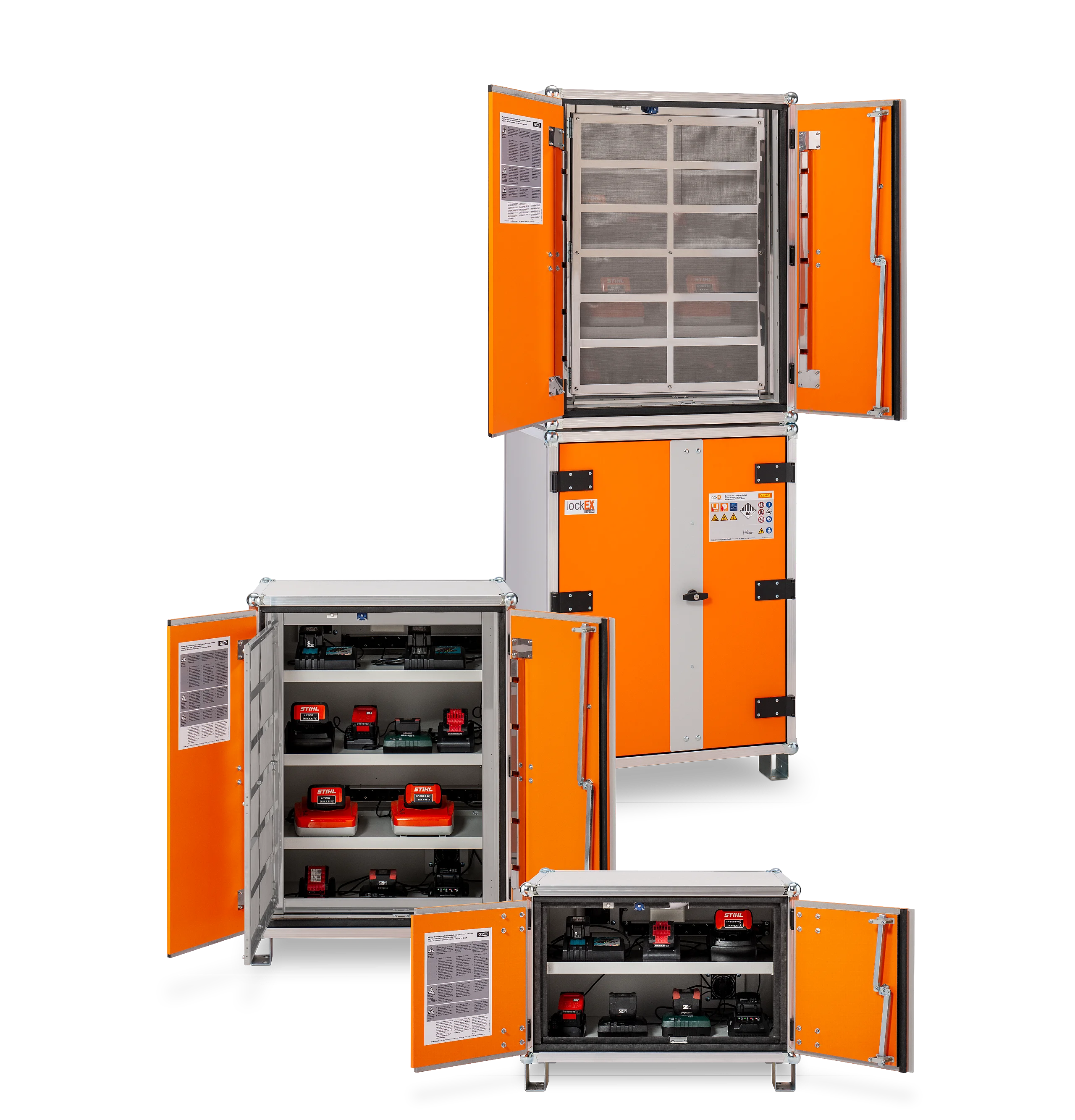
New testing standards, new benchmarks
Standardized battery fire testing in safety cabinets is now state of the art
The requirements for safety storage cabinets for storing and charging lithium-ion batteries have evolved considerably in recent years. From simple systems with warning messages to standardized test specifications, a continuous maturing process towards the current state of the art can be observed.
VdS 3103 Safety rules, Risk assessment
EN 14470-1 Fire resistance classes
The EN 14470-1 standard regulates the requirements for fire protection storage cabinets for flammable liquids. It defines fire resistance classes of 30, 60, and 90 minutes, depending on how long the cabinet must withstand fire in the event of a fire.
GS testing principles EK5/AK4 22-01 – for the first time specifically for batteries
GS certification (“Tested Safety”) confirms that a safety cabinet complies with the requirements of the German Product Safety Act (ProdSG). Independent testing agencies test for fire resistance, stability, and chemical protection, among other things.
TÜV NORD Test programme – practical and realistic
The TÜV NORD CERT test program evaluates battery safety cabinets under realistic conditions—including fire exposure from lithium-ion batteries and explosion of a flammable mixture in free volume.

VDMA Standard Sheet 24994:2024-08, published recently, provides comprehensive guidance. It specifies that these cabinets must be able to withstand certain temperatures and explosion forces. Further information can be found in our Battery safety guide.
VDMA Specification 24994 – new state of the art
Controlled pressure relief as explosion protection.
Even before a thermal runaway gains momentum, an explosion can occur. If the cabinet housing gives way or the doors open, the protective effect can suddenly disappear. The burning cells and battery packs are then flung unhindered into the surroundings at the installation site.
CEMO lockEX is a spring-based mechanism in the door lock that effectively handles the explosive pressure of igniting gases inside the cabinet. This NO-BANG technology ensures the preservation of the protective effect.
CEMO New State of the Art - Successful Real Battery Fire Test According to VDMA Standard Sheet 24994.
According to the latest state of technology, a real standardized battery fire test is essential for evaluating lithium-ion battery charging cabinets.
CEMO has once again set new standards with its 8/5 LockEX charging cabinet Premium Plus and tested the charging cabinet according to VDMA standard sheet 24994:2024-08. Not only was the test passed - this time, attention was also paid to appropriate storage capacity (energy volume of batteries). With a release of 3kWh for the 8/5 Premium Plus, for example, 10 Stihl AP batteries with 300 Wh can be charged or stored.
lockEX 2.0: CEMO Battery Charging and Storage Cabinets with Explosion Protection.
Protection with no time limit
Basic
Cost-effective entry-level model – a low-cost solution that focuses on the essentials while still meeting key protection targets.
Premium
Designed for challenging applications: full integration into existing safety infrastructures with a connection to central fire alarm systems.
Premium Plus
Flexible networking – communication via WLAN or SMS for maximum reachability, even without an internet connection. The central solution for decentralised management of several sites.
Model | Battery charging cabinet Basic | Battery charging cabinet Premium | Battery charging cabinet Premium Plus |
|---|---|---|---|
| Smoke (alarm) detector | |||
| Fan | |||
| Charging stops when door is opened | |||
| Power disconnected if heat builds up | |||
| Power disconnected if smoke builds up | |||
| Option of connecting to the internal building control system | |||
| Remote alarm via SMS or APP | |||
| External digital display | |||
| VDMA Specification 24994 |
|
| Certified |




